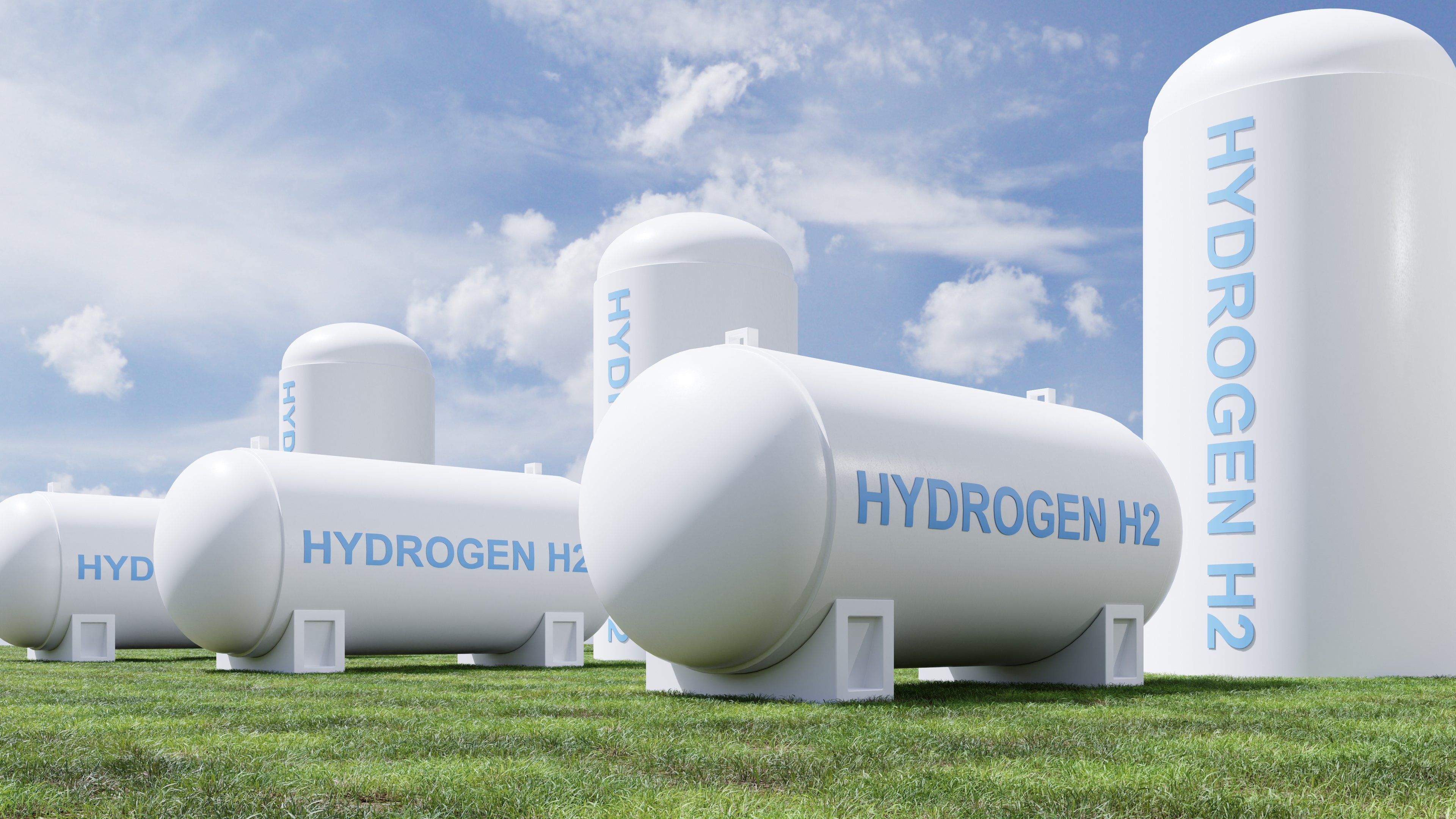Plug Power (PLUG +4.42%), a leader in fuel-cell solutions, released its first-quarter earnings last week. The company reported $18.6 million on the top line for the first three months of the year, missing analysts' consensus revenue target of $34.5 million. Another disappointment came at the bottom of the income statement, where it reported a loss of $0.15 per share, coming up short of the $0.08 loss per share that analysts expected.
There's much more to a company's quarterly performance than just two numbers, though, so let's dig in and take a closer look at the report for greater insight into Plug Power's performance.

Image source: Getty Images.
1. A matter of time
Growing its top line may be one of Plug Power's strong suits, but investors wouldn't be able to tell based on the company's Q1 results. While Plug Power reported revenue of $26.4 million in Q1 2018, the company experienced a year-over-year decline of nearly 30% last quarter when it reported $18.6 million in sales. Attempting to assuage investors' concerns on the company's conference call, CEO Andy Marsh attributed the decline to the timing of a project financing deal that closed six days after the quarter ended. Moreover, Marsh reminded investors that due to the seasonal nature of the business, the second half of the year usually accounts for two-thirds of the company's annual revenue.
Although Plug Power's revenue was underwhelming in the first quarter, it hasn't affected management's 2019 gross billings forecast of $235 million to $245 million, which management reiterated on the call. And addressing additional prospects, Marsh said that the company continues to be in talks with potential customers and expects "to make four major business announcements in 2019."
2. Marginally good news
Since Q4 2018, the first quarter in which Plug Power generated positive adjusted EBITDA, was a record-setting quarter for the company, investors were surely keen on seeing how the company followed up this performance in Q1. Although the company, reporting adjusted EBITDA of negative $6.7 million, dipped back into the red, there were grounds for investors to consider its performance a success.
As a percentage of gross billings, adjusted EBITDA improved from negative 35.7% in Q1 2018 to negative 29.4% in Q1 2019 -- something management attributes largely to the decrease in service costs in the first quarter of 2019. Like the reaffirmed gross billings guidance, management continues to expect positive adjusted EBITDA for 2019.
3. The curious case of ebb and flow
With Plug Power's mixed performance regarding the income statement, investors likely turned cautious eyes to the cash flow statement to see how the company fared in the first quarter. Unsurprisingly, the news wasn't good: Plug Power reported operational cash flow of negative $36.3 million -- a significant decrease from the negative $24 million it reported during the same period in 2018. Consistent with the aforementioned poor timing of the project financing deal, management attributed the greater cash outflow to an increased investment in working capital as the company builds up its inventory.
While Plug Power's significant cash burn in Q1 didn't come as much of a surprise, the somewhat shocking point came later in the letter to shareholders when the company forecast 2019 operational cash flow "may be somewhere between slightly negative to slightly positive, given timing on deployments and accounts receivable collections." This seems like a rather bold prediction considering the company, over the past five years, has reported average annual operational cash flow of $47.2 million, according to Morningstar.
But it wasn't only the forecast that was surprising -- it was management's commentary surrounding it. In response to an analyst's question on the conference call, CFO Paul Middleton said, "Yes, I don't think we've actually -- to be honest, Jeff, we haven't given operating cash flow guidance before, but this was an attempt to try and provide some color around that, particularly given some advice and help with the SEC in terms of how to talk about our results." Middleton's comment seems curious considering Plug Power had identified an operational cash flow goal for 2016 during its Q1 earnings report of the same year.

Image source: Plug Power.
Maybe he has a short memory. Maybe he doesn't place as much weight on a "goal" as he does "guidance." In any case, it's worth noting that in 2016, Plug Power missed its "goal," and it reported operational cash flow of negative $30 million.
The electric conclusion
Remaining steadfast in its convictions, management remains committed to its revenue and adjusted EBITDA guidance for 2019. While both of these forecasts look attainable, it seems where the operational cash flow forecast is concerned, management's eyes may be bigger than its stomach. For a company that has recently made headway in rebuilding the trust of shareholders, the cash flow forecast seems a bit foolhardy and unnecessary. Nonetheless, it provides investors with something else to pay close attention to as the company continues through 2019.






